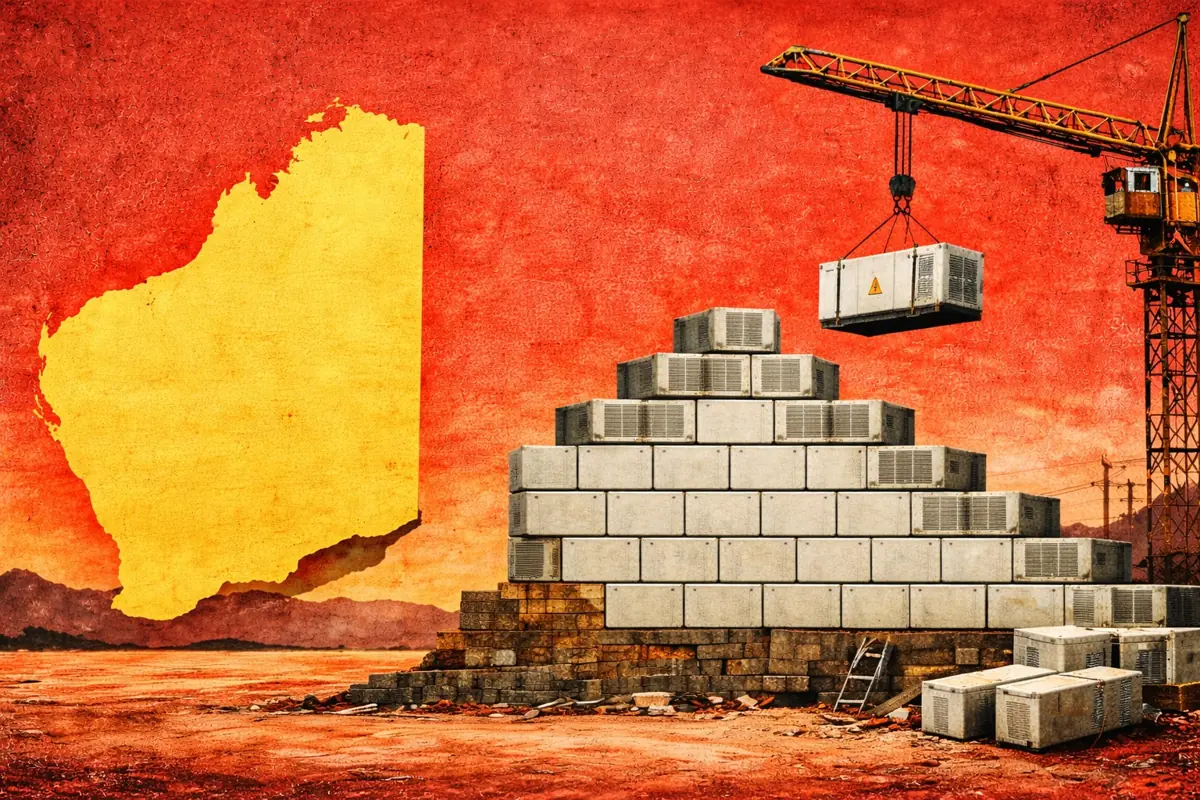ERCOT: Record battery energy storage output on Aug. 19th and 20th
ERCOT: Record battery energy storage output on Aug. 19th and 20th
On the night of August 20th, Real-Time prices in ERCOT reached their highest point of the summer thus far. Alongside these high prices, battery energy storage set an all-time record for net output.

ERCOT experienced its highest Real-Time prices since May 8th of this year.
The Bus Average Hub 15-minute settlement price peaked at $1,585/MWh between 7:45 and 8:00 PM. And 5-minute prices, represented by System Lambda, peaked at just shy of $3,000/MWh at 7:45 PM.
This also contributed to the highest projected battery revenues since late May. Modo projects battery energy storage systems earned an average of $279/kW, annualized, over the course of August 19th.
On August 20th, Bus Average Hub 15-minute settlement prices peaked at the offer cap of $5,000/MWh.
This occurred for multiple intervals between 7:30 and 8:30 PM.
Ultimately, this translated to even higher revenues for battery energy storage than the 19th. In fact, the estimated average revenues of $3.39/kW, or $1,236/kW annualized, would be the 3rd-highest revenue day of the year, behind only May 8th and January 16th
What caused high prices on August 19th and 20th?
High prices arose through a now well-established pattern.
August 19th and 20th were the hottest days of the year for much of the state, meaning demand peaked at nearly 86 GW in the afternoon. On the 20th, a new record for instantaneous demand - 85,931 MW - was set at 4:45 PM.
But high demand alone doesn’t necessarily translate to high prices.

Alongside high demand, wind generation was relatively low. In the August version of ERCOT’s Monthly Outlook for Resource Adequacy, the expectation was that during the highest-risk hour for a reserve shortage, there would be nearly 14 GW of wind generation available.
On August 19th, just under 9 GW of wind generation was available to the system during the price peak. On August 20th, this was just over 8 GW.
This meant that higher-priced generation was needed to serve demand during the period of the day when the sun was setting, but demand was still high.
Another factor contributing to high wholesale prices during the event was that ERCOT did not deploy any of its ancillary services.
This was despite the fact that five-minute dispatchable capacity declined to a minimum of 333 MW during the price peak at 7:45 PM, the lowest figure observed in all of 2024.
In fact, the low point on May 8th was 400 MW higher than on August 19th.

This may indicate that ERCOT has changed its stance to be less aggressive when deploying ECRS. However, it’s more likely that simply none of the deployment triggers for the Ancillary Service were met.
For instance, Physical Responsive Capability remained above healthy levels of more than 5 GW. This also would mean that the Power Balance was not violated to a level that would require a deployment, and ERCOT anticipated having enough dispatchable capacity already online (and available to the economic dispatch) to meet any forthcoming changes in net load.
Modo subscribers can read the rest of the report below to learn:
- How much revenue batteries are projected to have earned in 2024, on average, after the 19th.
- How revenues might shape up in the rest of 2024.
What did battery energy storage revenues look like on August 19th and 20th?
According to the Modo Nowcast, batteries earned an average projected $279/kW, annualized, on the 19th. This translates to actual revenues of $763/MW, or $0.76/kW. On the 20th, they earned an estimated $1,236/kW This equates to , or in actual revenues.
Already a subscriber?
Log in







